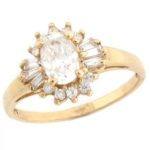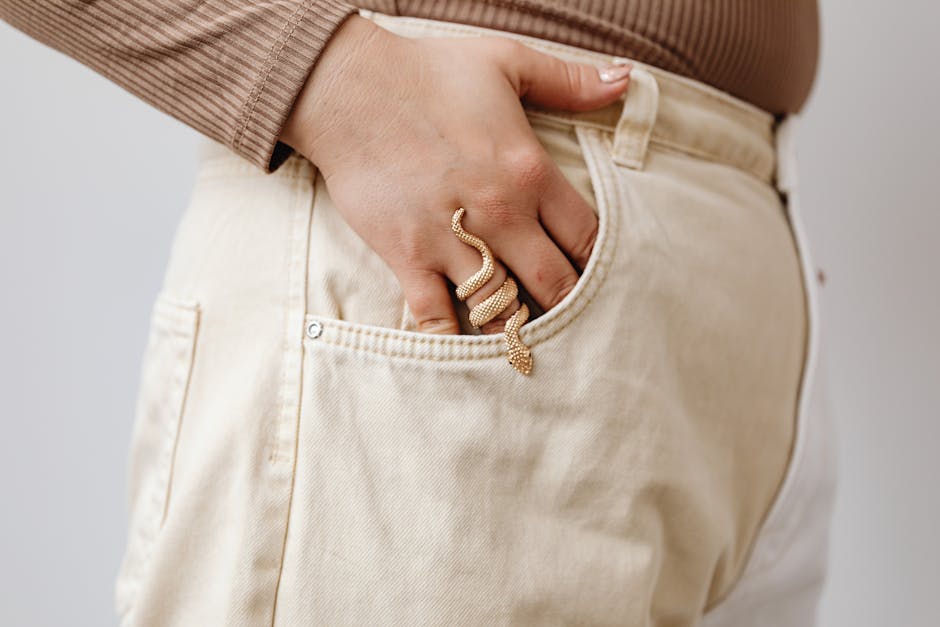Gold. The very word conjures up images of glittering treasures, ancient civilizations, and perhaps even a certain rapper's teeth. But when it comes to jewelry, the term "fine gold" gets thrown around a lot. What does it actually mean, and why should you care? Let's dive into the shimmering world of gold purity and find out.
First, let's clear up a common misconception: all that glitters is not 24 karat gold. Pure gold, also known as 24 karat, is incredibly soft and malleable. It's so soft, in fact, that it can be easily scratched and bent out of shape. This makes it impractical for everyday jewelry. That's why gold is usually mixed with other metals, like silver, copper, zinc, and nickel, to create an alloy that is more durable.
The karat system tells you how much pure gold is in a piece of jewelry. 24 karat is 100% pure gold, while 18 karat is 75% gold and 25% other metals. 14 karat, a popular choice for jewelry, is 58.3% gold. 10 karat, the minimum karatage that can legally be called gold in the US, is only 41.7% gold. The lower the karat, the more durable and less expensive the jewelry will be, but also the less pure.
The color of gold jewelry can also vary depending on the metals mixed with it. Yellow gold typically contains silver, copper, and zinc. White gold is often alloyed with nickel, palladium, or silver, and is then plated with rhodium to give it a bright white finish. Rose gold gets its lovely pinkish hue from a higher copper content.
So, which karat is right for you? It depends on your budget, lifestyle, and personal preference. If you're looking for a piece that will last a lifetime and can withstand daily wear and tear, 14 karat or 18 karat gold is a good choice. If you're on a tighter budget or have sensitive skin, 10 karat might be a better option.
Beyond karat, there are other factors to consider when choosing fine gold jewelry. Look for hallmarks or stamps that indicate the karatage and the manufacturer. These markings are usually found on the clasp or inside the band. Reputable jewelers will always stand behind the quality of their gold.
Caring for your fine gold jewelry is relatively simple. Store it in a soft pouch or jewelry box to prevent scratches. Clean it occasionally with a mild soap and water solution, or a specialized gold cleaning cloth. Avoid exposing your gold jewelry to harsh chemicals like chlorine or bleach.
With a little knowledge and care, your fine gold jewelry can last for generations, becoming a treasured heirloom passed down through your family. So, the next time you hear the phrase "fine gold," you'll know exactly what it means and be able to choose the perfect piece for you, or at least be able to impress your friends with your newfound gold expertise.

